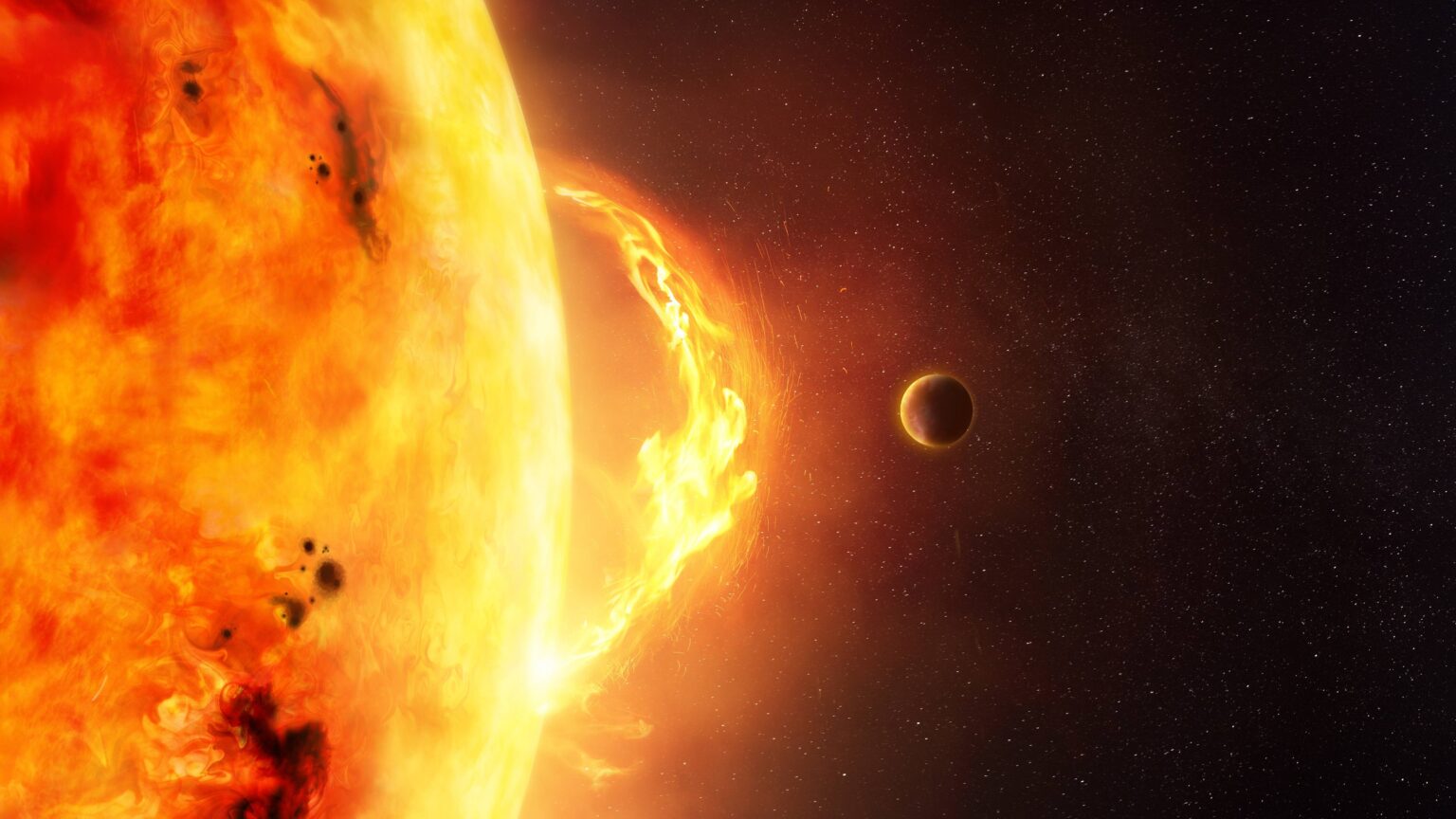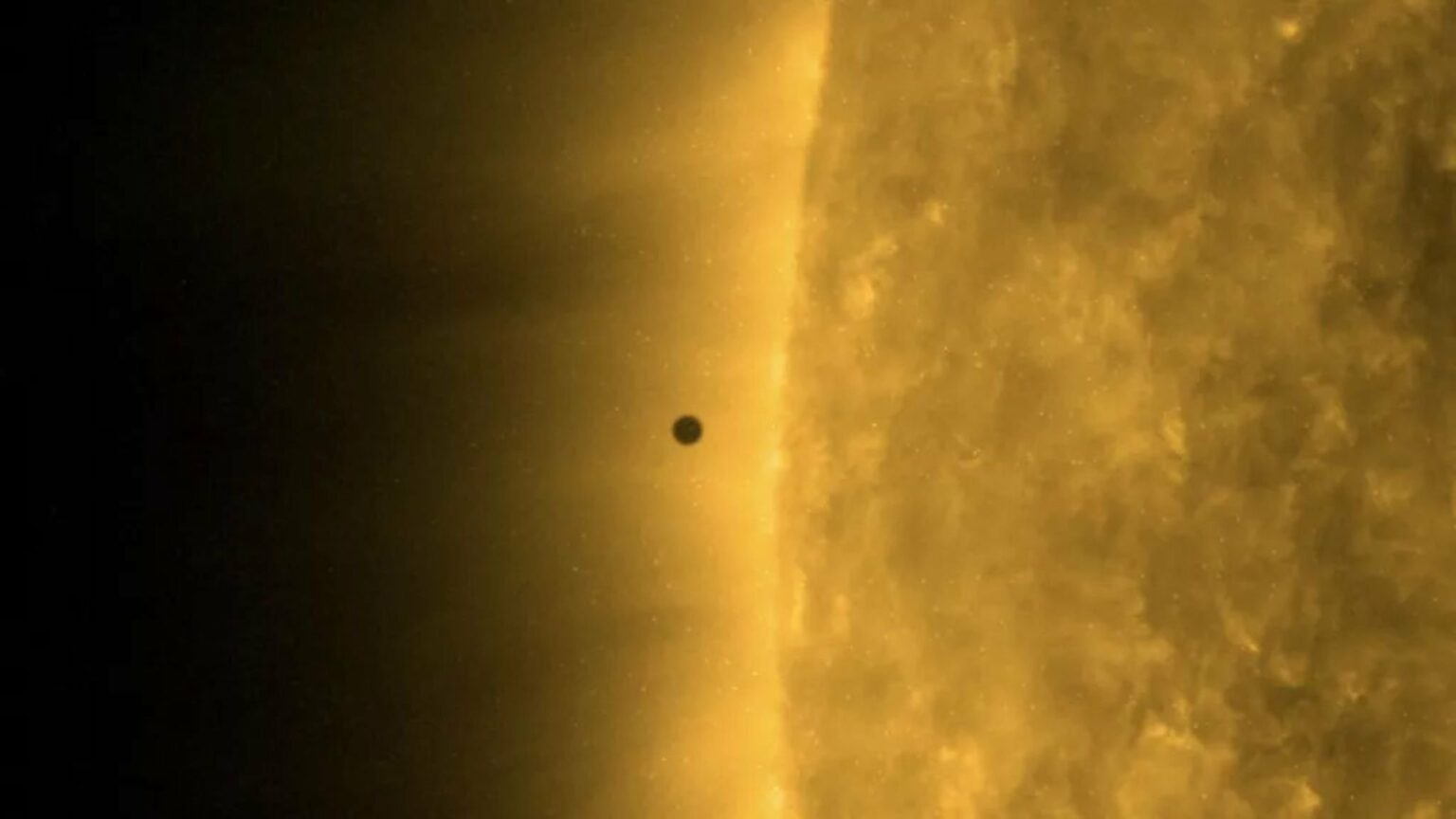A giant plasma wave from the Sun crashed into Mercury. The impact was so strong that the solar ejection blew dust off the surface of the planet. A powerful ejection, known as a coronal mass ejection, was observed from the far side of the Sun on the evening of April 11. A day later, it hit the nearest planet to our Sun. The collision of the solar storm with Mercury even generated a small dust tail at the planet, like a comet, SpaceWeather reports.

Fight against solar plasma
The plasma wave came from sunspots — areas on the Sun where powerful magnetic fields, created by the flow of electric charges, are tied before suddenly escaping into outer space. The energy of this process is released in the form of bursts of radiation, called solar flashes, in the form of plasma waves.
On planets with strong magnetic fields, such as Earth, the plasma flow from the Sun is absorbed and causes powerful geomagnetic storms. During these storms, the Earth’s magnetic field is slightly compressed by waves of high-energy particles that seep along the magnetic field lines near the poles and excite molecules in the atmosphere, releasing energy in the form of beautiful auroras. With very powerful bursts, a stream of charged particles can induce magnetic fields powerful enough to disable satellites in Earth orbit.
“Gift” of the Sun in the form of a temporary atmosphere
However, unlike Earth, Mercury’s magnetic field is weak, and the planet is devoid of an atmosphere – the Sun did not give it the opportunity to form. Thus, the naked planet is defenseless against solar ejections. The powerful solar wind, consisting of light elements like hydrogen, helium, carbon, nitrogen and neon, not only blows dust from the surface, but even creates a temporary thin atmosphere enveloping the entire planet.

Previously, scientists were not sure whether Mercury’s magnetic field was strong enough to cause geomagnetic storms. However, studies published in two articles in the journals Nature Communications and Science China Technological Sciences have proved that the magnetic field is able to form a semblance of weak northern lights on the planet precisely at the moment when the planet forms a temporary thin atmosphere.
